At the beginning of Furiosa: A Mad Max Saga, we are introduced to a kick-ass woman who rides a horse, then a motorbike, nails a few bad guys with sharpshooting finesse and fights off a mob. But it’s not Furiosa — it’s her mom.
That’s one of the oddities of this latest offering in the Mad Max Cinematic Universe: Creator and director George Miller has taken the coolest role of 2015’s Mad Max: Fury Road and built a whole prequel around her yet has her overshadowed by everyone else.
The adult Furiosa — a coiled, clenched Anya Taylor-Joy — only appears after the first hour-mark — we get way too much preteen Furiosa — and she’s meek for another quarter of the film. We, frankly, wanted more. Charlize Theron as Furiosa promised a Top Gun swagger yet Taylor-Joy mostly does furious side eye.
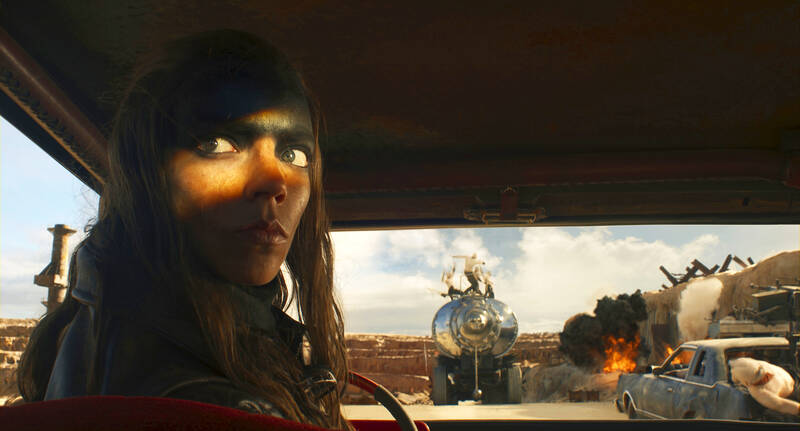
Photo: AP
What goes into making adult Furiosa is very unpleasant: She endures childhood kidnapping and torture, goes mute, passes herself as a boy, gets traded for gas, works her way up a madman’s hierarchy and only in the final scenes does she have real agency. We do learn how her left hand was maimed and that she was sweet on a guy. But making her mute? In her own movie?
Back are some familiar, scarred faces — Immortan Joe, The People Eater and a legion of half-naked War Boys. The new mega villain is Chris Hemsworth’s Dementus, who has a hunger for human blood sausage and a knack for spectacularly murdering people who Furiosa cares about.
Miller has added pretentious chapter titles like he was making a black-and-white Czech New Wave exposition on existentialism — “The Pole of Inaccessibility” and “The Stowaway” are among the sections — despite also employing a narrator.
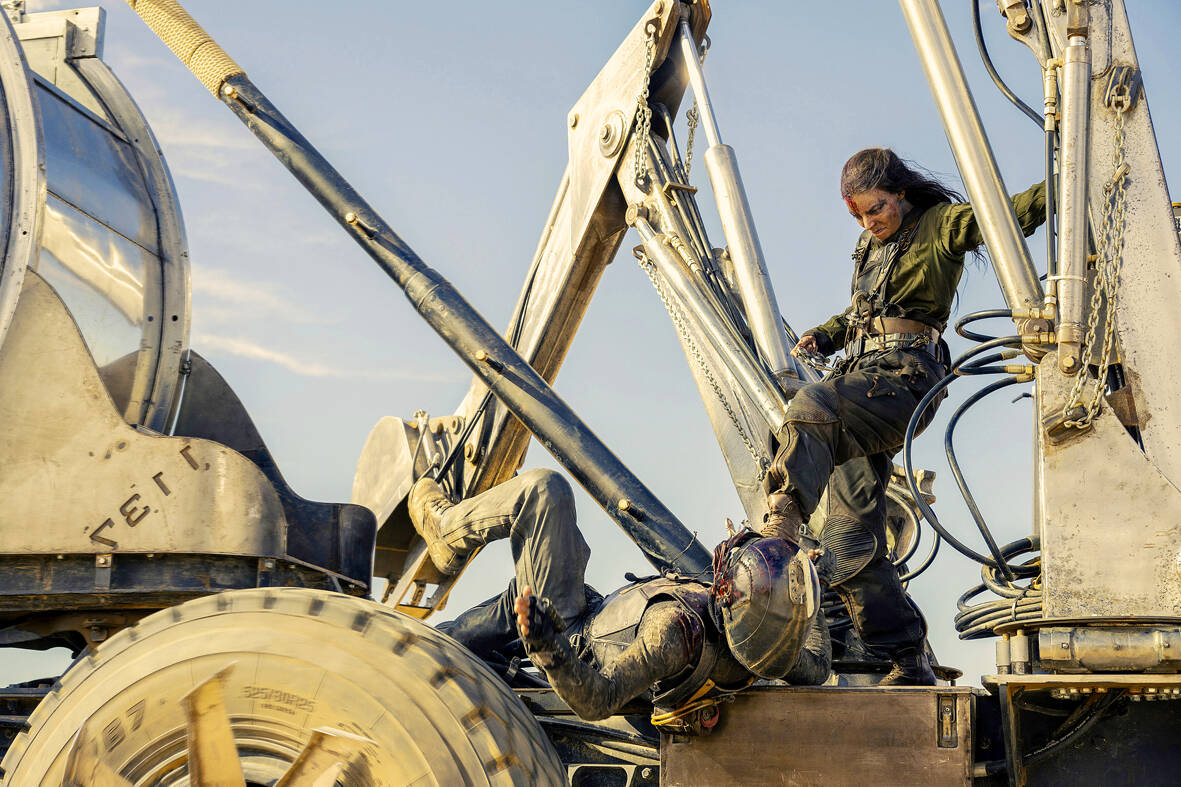
Photo: AP
By the time Miller is finished, he’s built an epic, gritty history in the Wasteland like Lord of the Rings or Game of Thrones. But was the point of this franchise a better understanding of the negotiating tactics of untrusty warlords in a hellscape? No: It was rocket-propelled grenades, motorcycles, chains, massive sandstorms and cracked skulls.
The best action sequence happens at the halfway point — not a good omen — with a 15-minute sequence inside, over and under a barreling silver double-tanker War Rig while it is being attacked by motorbikes, buggies and parachuting adversaries. It’s a marvel, truly, but since 2015 we’ve had cooler moments in things like Mission: Impossible and Fast and Furious so, sorry, mind not blown.
Viewers also spend time whipping through the Citadel, the Bullet Farm and Gas Town but there’s something missing, that unpredictable spark of madness, maybe. Perhaps once you’ve seen an insane guy chained to the outside of a zooming truck playing guitar solos in front of a wall of amps with fire coming out of the headstock, the shock wears off.
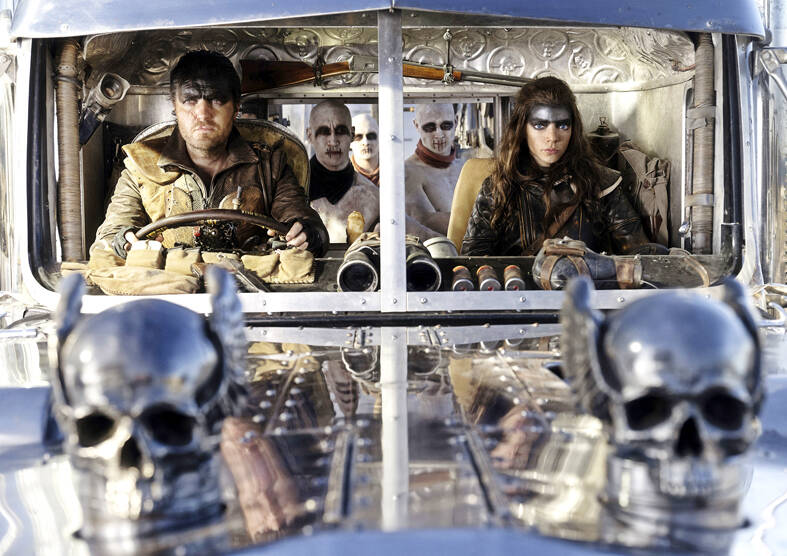
Photo: AP
Speaking of heavy metal, Hemsworth wears fingerless gloves, a codpiece, leather pants, a sleeveless leather vest and flowing hair, like he was a member of Motley Crue circa 1983. He has decided to perform his role in full psychotic camp — licking the tears of a victim, he describes them as “zesty” — and proves it by incorporating a teddy bear into his ensemble. Perhaps he should have his own stand-alone movie because he doesn’t really fit in here as the deranged comedy monster in a film with grim faces and famine.
A large part of the problem here is that young Furiosa is on an epic hero’s quest to go home — like The Odyssey or any John Wick movie — but we know from Fury Road that the Green Place is no more. So Furiosa then just becomes a catalogue of crazy stuff that happens to her until it morphs into her cold-blooded quest for revenge. There’s no real risk either because we know Furiosa lives to team up with Tom Hardy in 2015.
It feels like with this fifth Mad Max installment, Miller is trying to add operatic heft and seriousness to what started in 1979 as a fun, rip-roaring smear of nightmarish, post-apocalyptic motor oil. In that case, Fury Road was fantastic, but Furiosa is just fine.
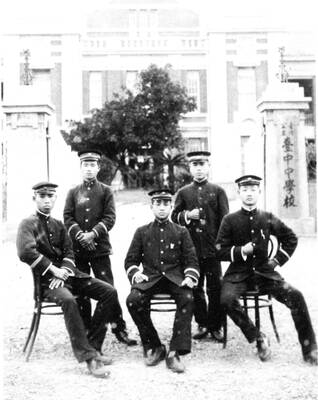
April 28 to May 4 During the Japanese colonial era, a city’s “first” high school typically served Japanese students, while Taiwanese attended the “second” high school. Only in Taichung was this reversed. That’s because when Taichung First High School opened its doors on May 1, 1915 to serve Taiwanese students who were previously barred from secondary education, it was the only high school in town. Former principal Hideo Azukisawa threatened to quit when the government in 1922 attempted to transfer the “first” designation to a new local high school for Japanese students, leading to this unusual situation. Prior to the Taichung First

The Ministry of Education last month proposed a nationwide ban on mobile devices in schools, aiming to curb concerns over student phone addiction. Under the revised regulation, which will take effect in August, teachers and schools will be required to collect mobile devices — including phones, laptops and wearables devices — for safekeeping during school hours, unless they are being used for educational purposes. For Chang Fong-ching (張鳳琴), the ban will have a positive impact. “It’s a good move,” says the professor in the department of
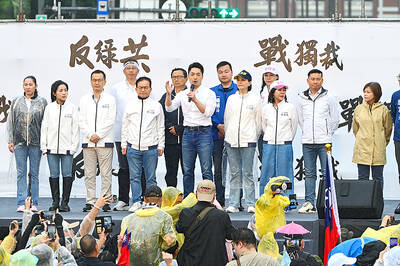
On April 17, Chinese Nationalist Party (KMT) Chairman Eric Chu (朱立倫) launched a bold campaign to revive and revitalize the KMT base by calling for an impromptu rally at the Taipei prosecutor’s offices to protest recent arrests of KMT recall campaigners over allegations of forgery and fraud involving signatures of dead voters. The protest had no time to apply for permits and was illegal, but that played into the sense of opposition grievance at alleged weaponization of the judiciary by the Democratic Progressive Party (DPP) to “annihilate” the opposition parties. Blamed for faltering recall campaigns and faced with a KMT chair
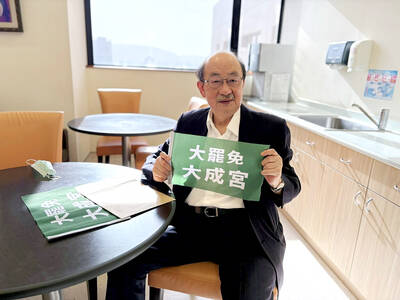
Article 2 of the Additional Articles of the Constitution of the Republic of China (中華民國憲法增修條文) stipulates that upon a vote of no confidence in the premier, the president can dissolve the legislature within 10 days. If the legislature is dissolved, a new legislative election must be held within 60 days, and the legislators’ terms will then be reckoned from that election. Two weeks ago Taipei Mayor Chiang Wan-an (蔣萬安) of the Chinese Nationalist Party (KMT) proposed that the legislature hold a vote of no confidence in the premier and dare the president to dissolve the legislature. The legislature is currently controlled